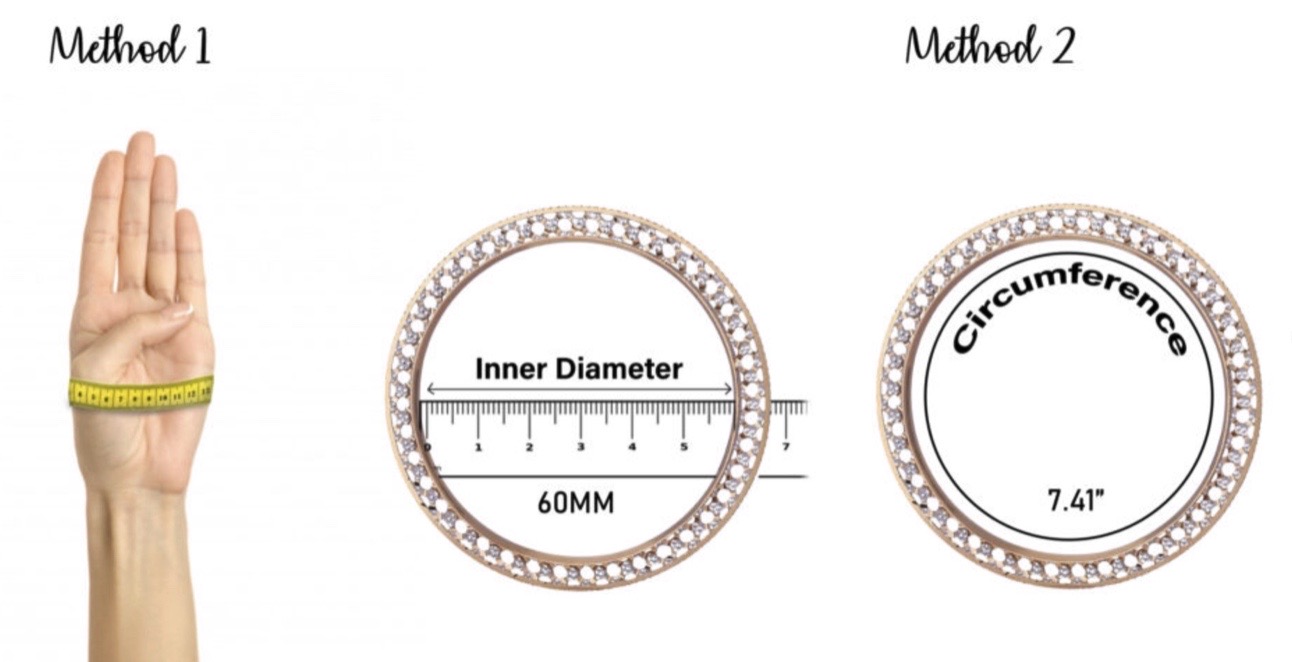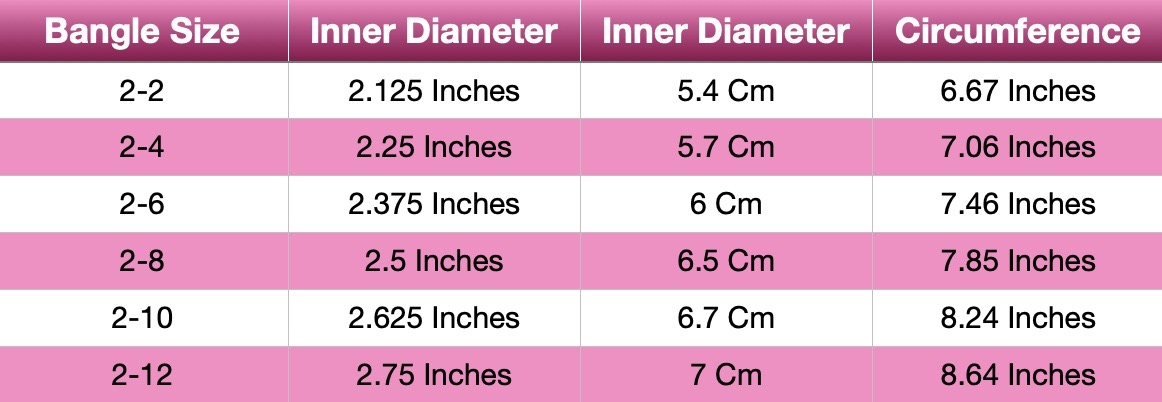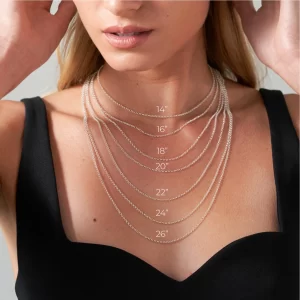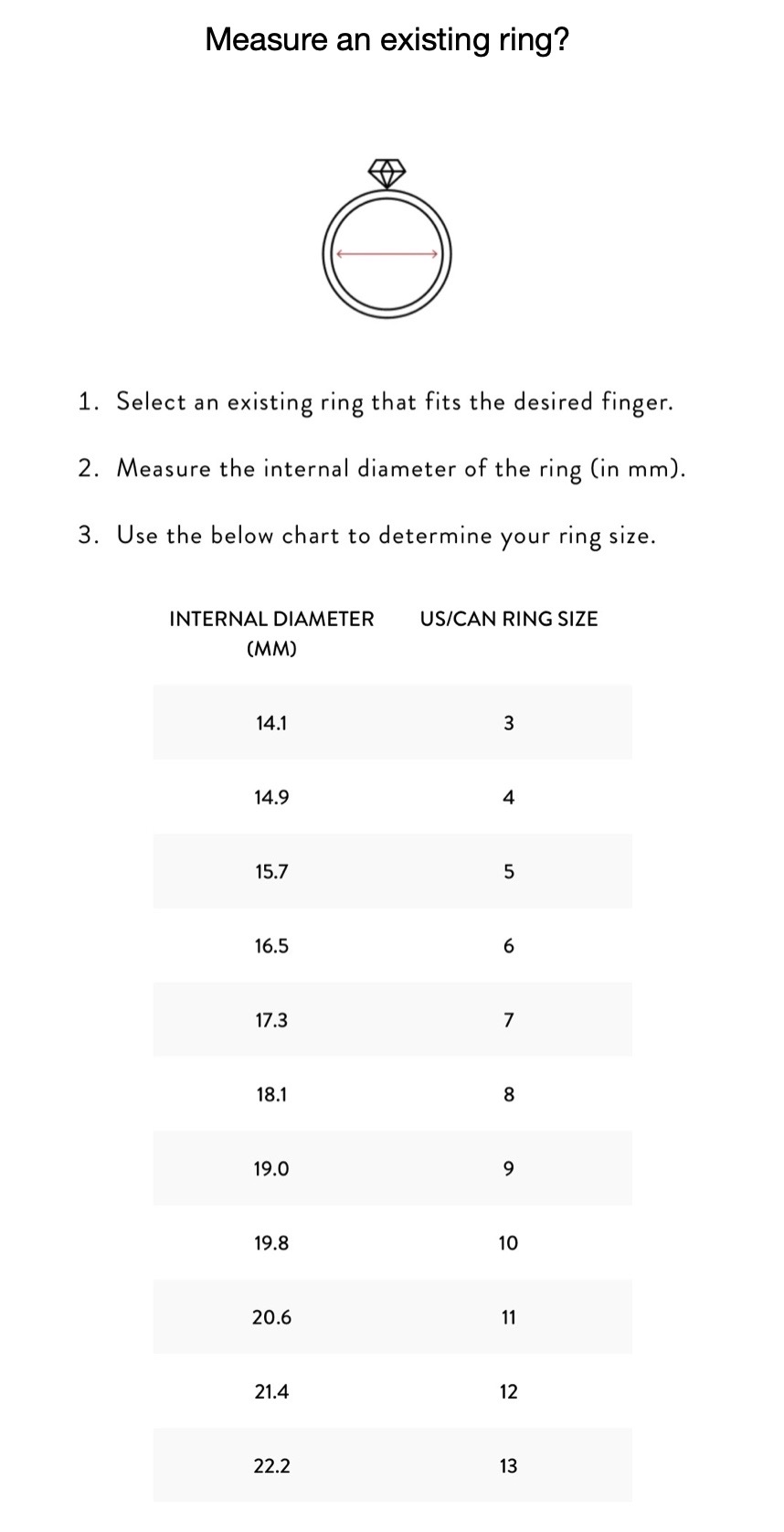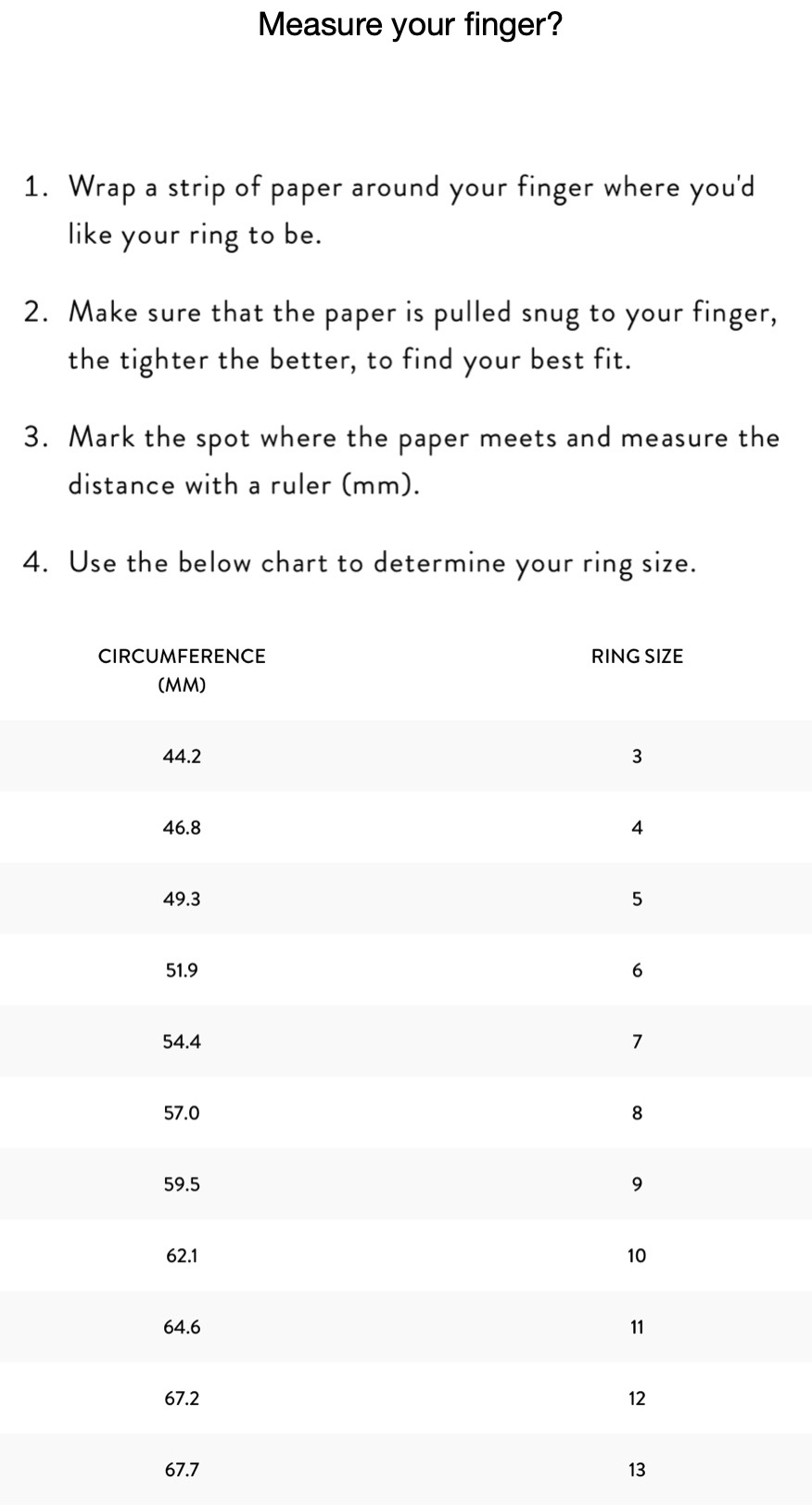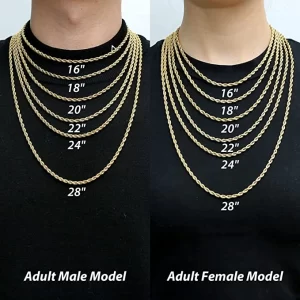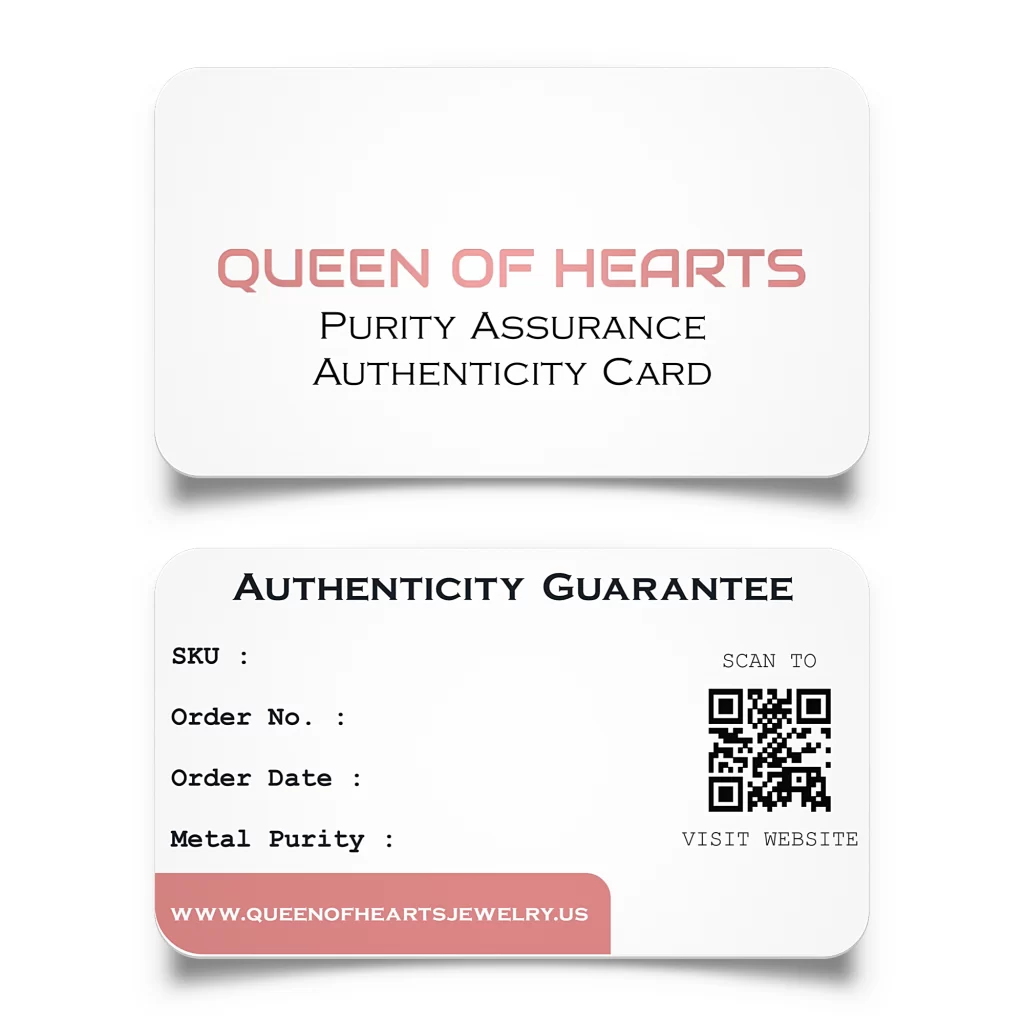Can you be allergic to gold earrings?
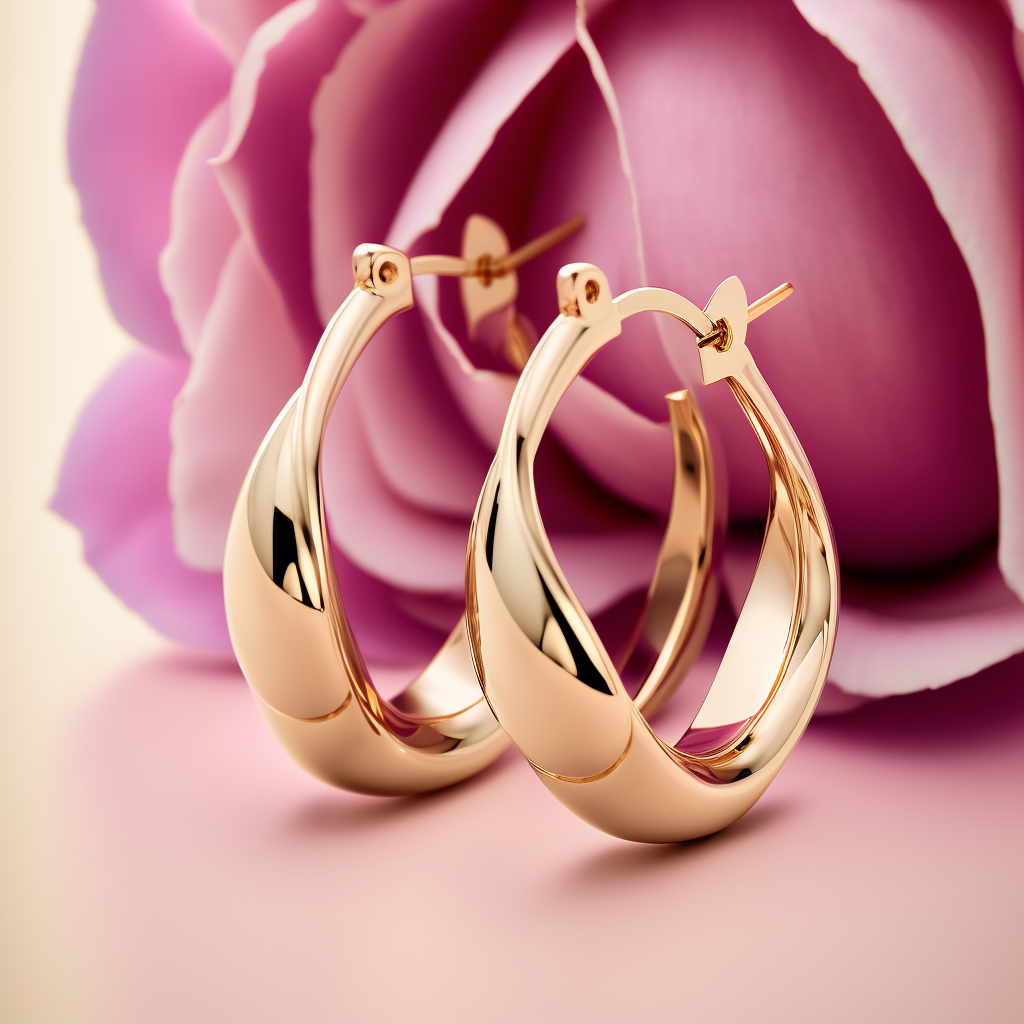
Peanuts, dairy, cats, pollen – these are all some of the most common allergies in the United States. But did you know that you can actually be allergic to your jewelry, too?
Jewelry allergies are increasingly common, and while you might think that you’ve developed a sudden allergy to gold, it’s most likely that it’s the nickel in your gold that happens to be provoking an allergic reaction, not the gold itself. Pure gold is typically considered to be hypo-allergenic.
In this blog, we’re going to take a look at what nickel allergies look like, how to remedy them, and answer the enduring question posed by all allergy-suffering jewelry lovers: can you be allergic to gold earrings? Let’s have a look.
CAN YOU HAVE A GOLD ALLERGY?
Technically, you can be allergic to almost anything – however, gold allergies are incredibly rare. If you’re experiencing an allergic reaction to a pair of gold earrings, you’re most likely experiencing a metal allergy, also known as a nickel allergy.
Nickel is a metal used as an alloy in many different types of jewelry, including gold earrings. Jewelry manufacturers use alloyed metals to enhance the flexibility and durability of fine, soft, and precious metals, but one downside to this is that those prone to allergies may experience adverse skin reactions while wearing jewelry fabricated with metal alloys.
If you have a sensitivity to metal, your chances of experiencing an allergic reaction while wearing gold earrings will increase depending on what percentage of real gold your earrings contain. For example, you’re going to be much less likely to have an adverse metal reaction wearing 22k gold earrings (as they contain only 8% alloyed metals) or 24k gold earrings (which only contain 0.01% alloyed metals – if that.) On the other hand, if you only opt for a pair of 10k gold earrings, the metal share jumps to almost 60%, substantially increasing your chances of an allergic reaction.
HOW TO TELL IF I HAVE A METAL ALLERGY?
An easy way to tell if you have a metal allergy is by observing your skin’s reaction to wearing a pair of cheap earrings from a high-street manufacturer – make sure they contain zero gold in order for this test to work. If you experience any of the following symptoms while wearing the earrings, you most likely suffer from a metal or nickel allergy:
- Redness
- Blisters
- Irritation
- Scaly skin
- Peeling skin
- Discoloration
- A rash
- Swelling of the earlobes
- Ears painful to the touch
If you have a pair of pure gold (or 22k gold) earrings at home, you can enhance the validity of this test by wearing a gold earring in one ear, and a cheap earring in the other, and comparing your skin’s reaction to both. In most cases, you’ll find that the cheap metal provokes a reaction, while the gold doesn’t.
Note: don’t carry out this test at home if your allergic reactions tend to be severe in nature. You can always visit an allergy specialist, who will be able to perform an allergy test in a safe, medically controlled environment.
WHAT EARRINGS CAN I WEAR IF I HAVE A NICKEL ALLERGY?
For nickel allergy sufferers, you may have to end up paying higher prices to obtain jewelry made with a small percentage of – or zero – alloyed metals. This means opting for pure gold or 22k gold earrings, which are unlikely to cause any skin irritation. One downside is that they do tend to be more expensive than regular, mass-manufactured metal earrings.
CAN I WEAR GOLD-PLATED EARRINGS IF I HAVE A NICKEL ALLERGY?
Gold plated earrings may offer a solution to those with nickel allergies, but it’s still important to be cautious. While gold plated jewelry offers a protective gold cover over any metal or steel earrings, gold plating can easily become tarnished over time, and everyday wear and tear can end up revealing the cheaper metals underneath, thus provoking a skin reaction.
Overall, if you have a nickel allergy, the best option is to opt for earrings made with pure gold, or a lower percentage of alloyed metal, such as 22k gold. Not only will this help prevent unsightly skin reactions, but you’ll also enjoy a pair of earrings that can – with the right care and maintenance – last for decades.

